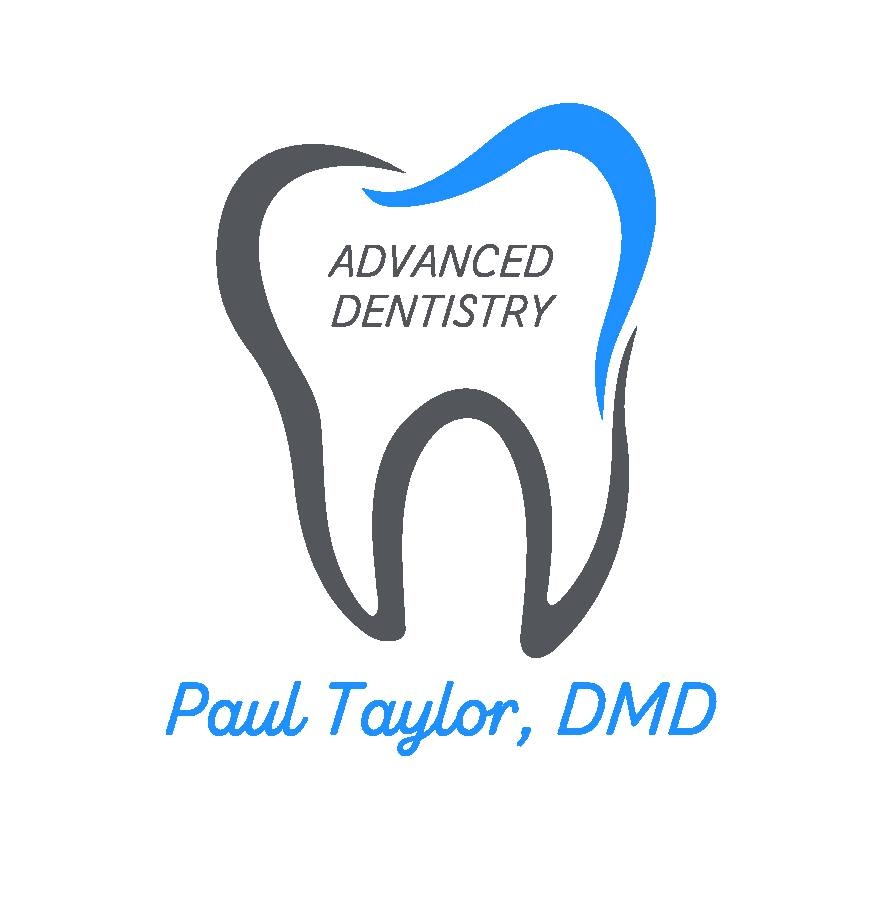Your Questions Answered About Oral Cancer Screenings | Dentist 92117

Oral cancer screenings are designed to identify a common condition and treat it early, when it is most curable. Oral cancer screenings are a fast and painless process built into a regular dental examination. Here are common questions and answers about oral cancers.
How Common Is Oral Cancer?
According to the Mayo Clinic, the lifetime risk of developing cancer of the oral cavity and the upper throat (oropharynx) is about 1 in 60 for men and 1 in 140 for women. The American Cancer Society estimates that one person dies every hour worldwide from this condition, yet it is preventable and treatable by our dental team in San Diego.
What Are the Symptoms?
The most common red flags include a mouth sore that won’t heal; red or white patches in your mouth tissue; lumps or swelling in or around your mouth; pain or difficulty swallowing, speaking, or moving your tongue; dramatic weight loss; ear pain; and unexplained mouth bleeding.
What are the Risk Factors for Oral Cancer?
- Tobacco users are at greater risk of oral cancer, whether that is from smoking or products like chewing tobacco, snuff, and dip
- Heavy alcohol use, especially with tobacco use, significantly increases risk
- Excess weight and acid reflux diseases can increase risk, while a diet rich in fruit and vegetables appears to lower it
- The human papillomavirus (HPV) is a risk factor that is on the rise among young people. One strain, HPV16, is responsible for 2 out of 3 oropharyngeal cancers
- Apart from HPV-related cancers, most oral cancers take years to develop. Most patients are older than 55 when first diagnosed
- Genetics can also factor into oral cancer risk. Two types of blood abnormalities, dyskeratosis congenita and Fanconi anemia, elevate risk
What Does a Dentist Look for in an Oral Cancer Screening?
Dentists examine all oral cavity surfaces, including under the tongue, for suspicious discolorations or sores. Using gloved hands, they feel inside the mouth for lumps or irregularities, and may also feel the neck. Sometimes a dye or light is used to emphasize contrast between healthy and unhealthy tissue. If anything looks suspicious, our dentist in 92117 will recommend further testing.
How Often Should Screenings be Performed?
The American Cancer Society recommends oral cancer screenings every three years from age 20 to 40, and annual screenings after that.
While screenings can’t prevent every case of oral cancer, they are a valuable first line of defense. If you would like more information about oral cancer and screenings, contact our dental office in San Diego, CA today.

